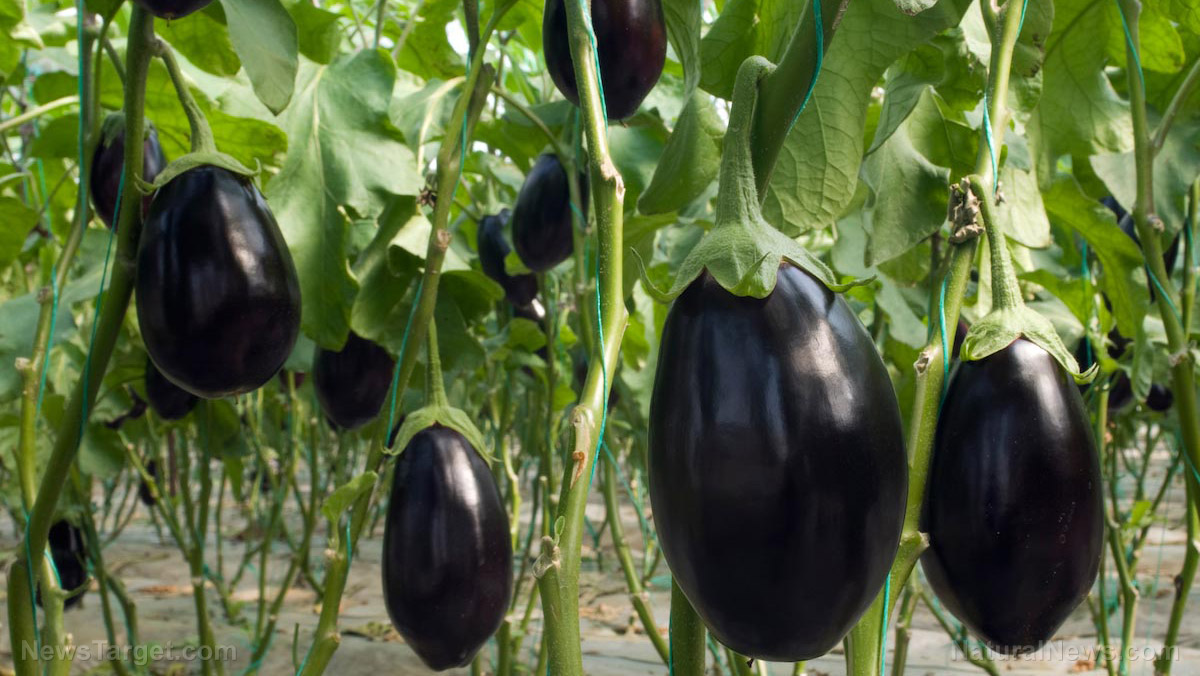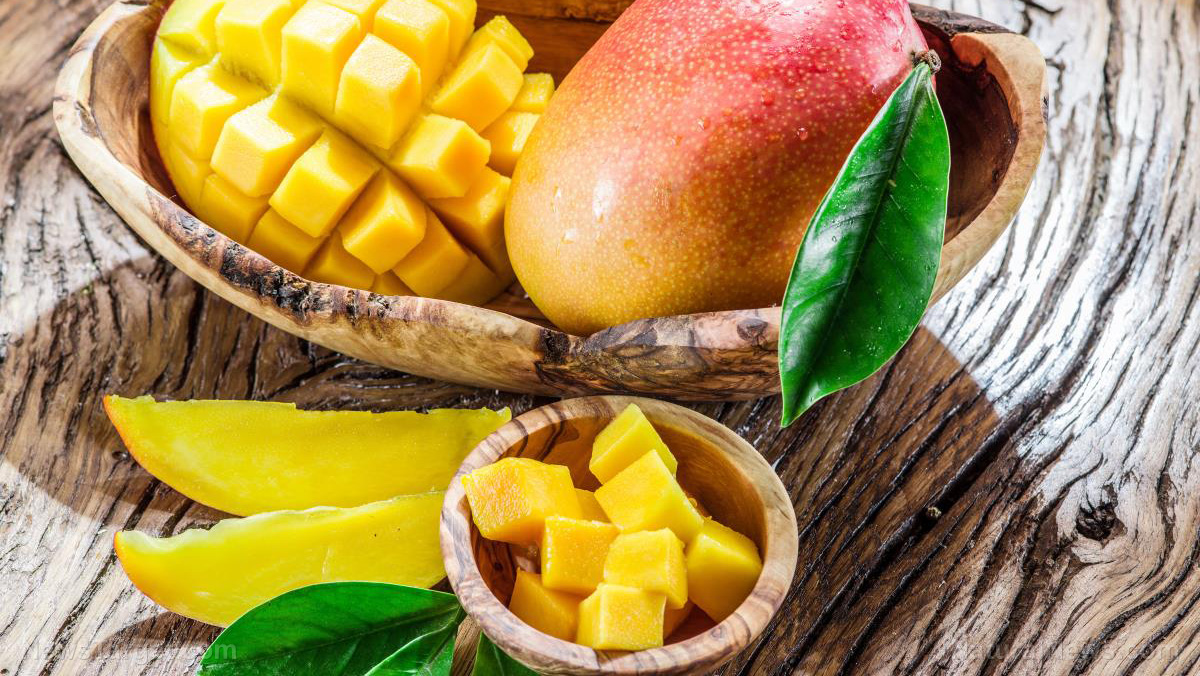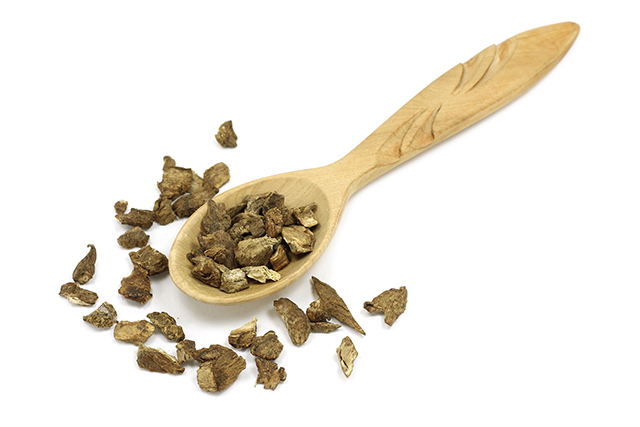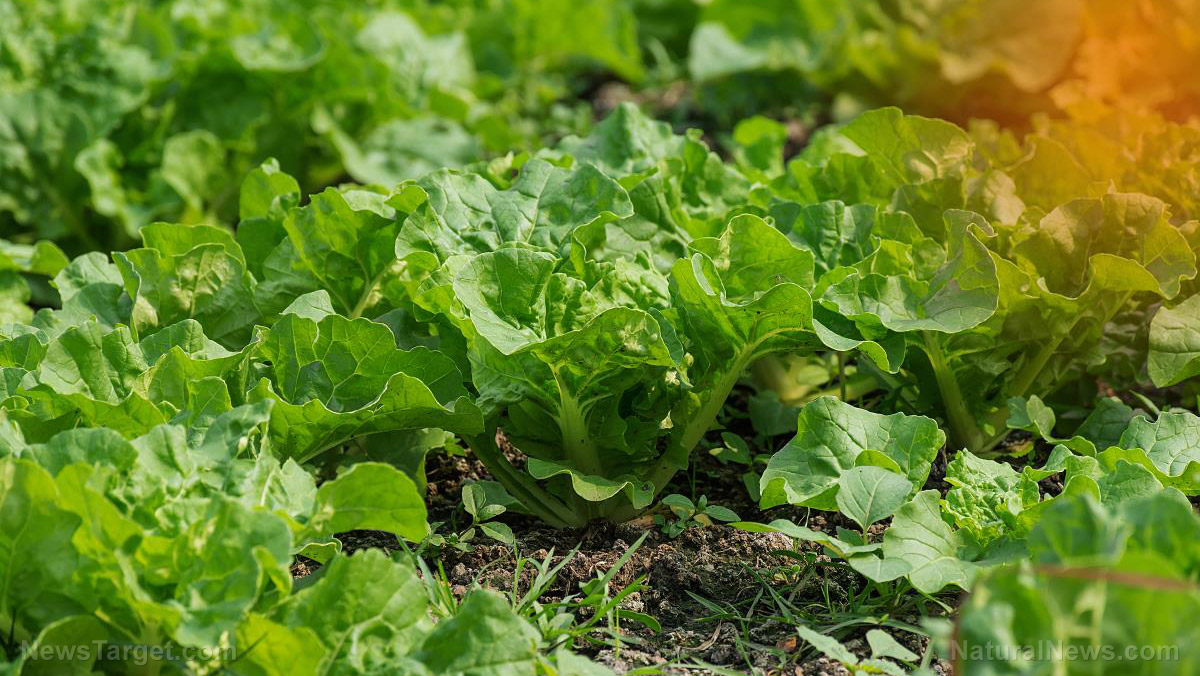Put some purple on your plate: Why you should eat more of these powerhouse veggies
06/29/2019 / By Isabelle Z.

You’ve probably heard that we should “eat a rainbow” if we want to be healthy, with the brightest-colored natural, whole foods often containing the most nutrients. When you put this advice in action, however, your plate probably leans more toward the red, orange, yellow and green parts of the spectrum given the number of foods in these shades that are readily available. If purple tends to be absent from your plate, here’s what you need to know.
Anthocyanins are what give purple vegetables their vibrant shades. They not only protect the vegetables from damage from the sun and cold, but they also attract pollinators. However, it’s not just the plants that benefit from anthocyanins; they can also help protect you from lifestyle illnesses and protect your cells from damage.
What can anthocyanins do for you?
Here’s a closer look at the top benefits of anthocyanins.
Heart health: A study published in the American Journal of Clinical Nutrition showed that anthocyanins can improve cardiovascular risk factors thanks to their ability to reduce blood pressure and artery stiffness.
Cancer protection: The anthocyanins in purple sweet potatoes were shown in a study published in Molecular Nutrition & Food Research to protect against colorectal cancer. Purple corn has also been shown to help protect against colon cancer.
Anti-inflammatory effects: Anthocyanins are quite good at reducing the chronic inflammation that is behind a host of modern illnesses, including some types of cancer, obesity, heart disease, asthma, Alzheimer’s disease, allergies, arthritis, type 2 diabetes and depression.
The power of the elements: Discover Colloidal Silver Mouthwash with quality, natural ingredients like Sangre de Drago sap, black walnut hulls, menthol crystals and more. Zero artificial sweeteners, colors or alcohol. Learn more at the Health Ranger Store and help support this news site.
Brain health: Research indicates that anthocyanins can help to prevent age-related nervous system decline. They are able to cross the blood brain barrier and get into the areas of the brain responsible for memory and learning; consuming purple sweet potatoes has also been shown to enhance memory.
Keep in mind that anthocyanins are an emerging area of interest, so researchers could well uncover additional benefits in the near future.
Which purple vegetables should I eat?
If there’s a purple version of a vegetable available, it’s usually a better bet, while vegetables that are traditionally purple are always a sound choice.
Purple carrots: Orange carrots are actually relatively new to the carrot scene, and although they remain a healthy option, the purple ones have twice the alpha and beta carotene, which your body converts to vitamin A to promote eye health and improve your immunity.
Purple potatoes: Purple potatoes contain up to four times as many antioxidants as Russet potatoes, making this choice a no-brainer. Heart healthy and just as versatile as white potatoes, they can lower your blood pressure and reduce your risk of stroke and heart disease. Keep the skin on to maximize the benefits, and serve roasted or boiled.
Purple cauliflower: You might have seen different colored cauliflowers lately, and it’s hard to go wrong when you opt for the purple variety as it has 15 percent more antioxidants than trendy superfood kale. It’s also milder, nuttier, and slightly sweeter than white cauliflower, so give it a chance even if you’re not normally a fan of this vegetable. Consider eating it raw, perhaps as a slaw, or steamed lightly.
Purple asparagus: Asparagus is one of those love-it-or-hate-it vegetables, but if you fall firmly into the latter category, the purple variety may well change your mind. Slightly sweeter and far less bitter than green asparagus, it’s equally delicious raw in salads and cooked as a side.
What about eggplant? While it is indeed purple, you need to keep in mind that the anthocyanins and the other nutrients in this vegetable are found in the skin, so keep it on when eating if you want to get the health benefits.
Of course, you don’t want to fill up your plate with just purple foods. Keep in mind the advice about eating a rainbow, and pair these vegetables with foods like juicy red tomatoes, bright yellow peppers and green spinach to make a well-rounded and nutritious meal.
Sources for this article include:
Tagged Under: anthocyanins, antioxidants, Asparagus, brain health, carrots, cauliflower, food is medicine, grocery cures, heart health, nutrients, potatoes, prevention, purple vegetables, research
RECENT NEWS & ARTICLES
Natural.News is a fact-based public education website published by Natural News Features, LLC.
All content copyright © 2018 by Natural News Features, LLC.
Contact Us with Tips or Corrections
All trademarks, registered trademarks and servicemarks mentioned on this site are the property of their respective owners.



















